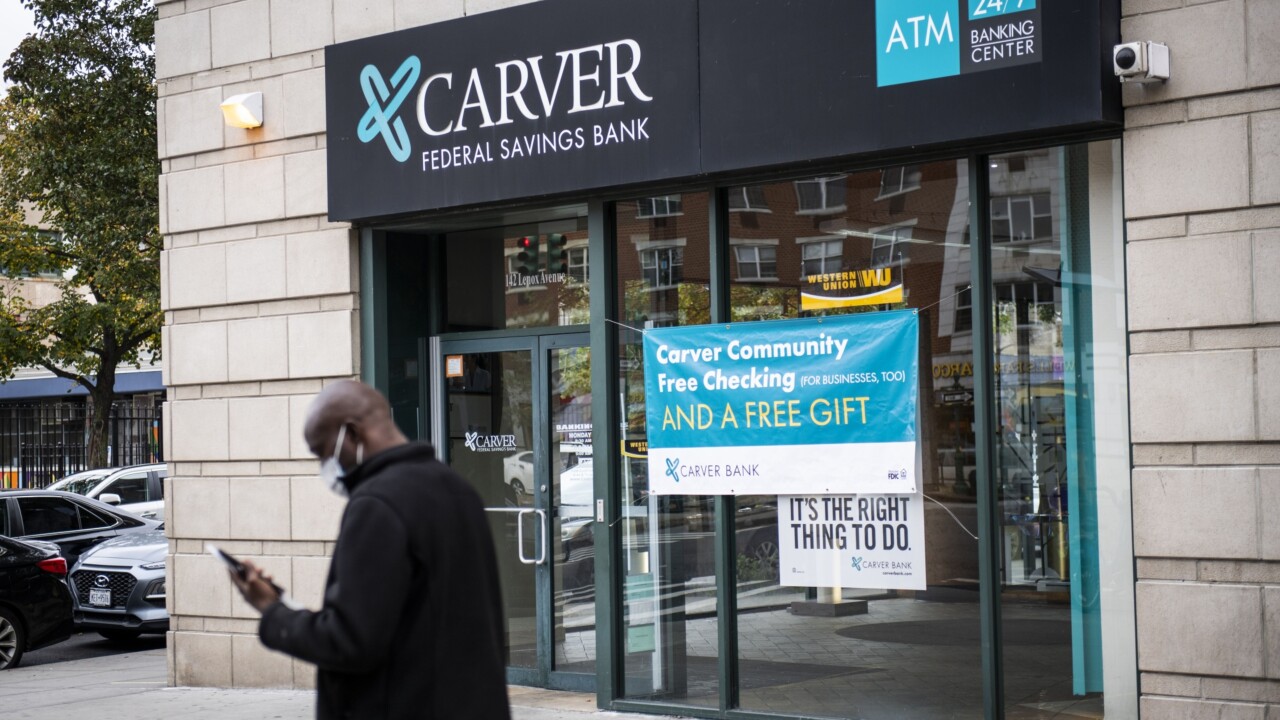TAMPA-Among all students in the 33 in-school branches Suncoast Schools FCU operates, those who pack away the most savings are the youngest.
With locations in elementary, middle, and high schools, SSFCU says elementary school students out-save high schoolers almost three-to-one.
"Believe it or not, the elementary school deposits reach about $25,000 a year and high schools about $10,000," shared Juli Lewis, youth marketing manager, who reminded that deposits are not the reason the $6-billion Suncoast has a presence in local schools.
Lewis believes the savings difference results due to the greater interest and excitement young children have for savings, and the support they receive from parents--and because teenagers often have expenses that children do not, like paying for a car and insurance, and dating.
SSFCU does not measure ROI on the school-branch program that Lewis estimated costs the credit union $12,000 a year to run. She did note that the average age of members above 18 has dropped to 43 from 47 since the program began in 2002, a sign more young adults are staying on after high school.
"We run the program for awareness," said Lewis. "From birth kids hear bank, bank, bank. They even get piggy banks. When we go into a school for the first time students often have never heard of a credit union."
Outside of the CU's average membership age lowering, Lewis judges the success of the in-school effort based on the strong relationships she knows the program builds.
"Students see me out in the community and say 'Hi, Miss Juli.' They call me 'the credit union lady.' We are building bonds with students that stay with them after high school."
5,000 New Members Per Year
What also makes Lewis and SSFCU feel good are the 5,000 new members the program attracts each year. Students are served once a week on "Deposit Days," when SSFCU sets up a laptop, generally in the cafeteria. "We take deposits and teach students how to fill out deposit slips and keep a balance sheet," Lewis said.
The elementary branches are run by credit union staff, "helpers" are recruited in middle and high schools to assist with marketing. "And at high schools the kids not only do the marketing but also the transactions," Lewis said. "We always have a credit union employee present on Deposit Days, but just to oversee."
Student helpers and CU staff receive small incentives during the school year, such as $5 and $25 gift cards, and earn community service points.
The credit union rewards elementary school savers with pencils, pencil holders, stickers, and animal trading cards. The same giveaways are in place for middle schoolers, but the trading cards are designed around themes that appeal to older children. "High school students get a backpack, pens, and pencils," Lewis said.
Lewis is responsible for overseeing the program, getting each location up and running, and then making sure staff at retail branches near each in-school office are trained to take over. "I just stop by the school branches occasionally to check in."
Lesson In Limited Goals
Lewis said that SSFCU has learned the important lesson that you can't take a cookie-cutter approach to in-school branching, especially at high schools.
"The best thing to do is let the kids run it like it is meant to be. They know what works best in their particular school."
SSFCU has also learned not to "try to do too many different things," Lewis explained. "We used to try to have monthly contests for the kids but with all the things they have going, we found it is best to keep special promotions to one semester or a year."





